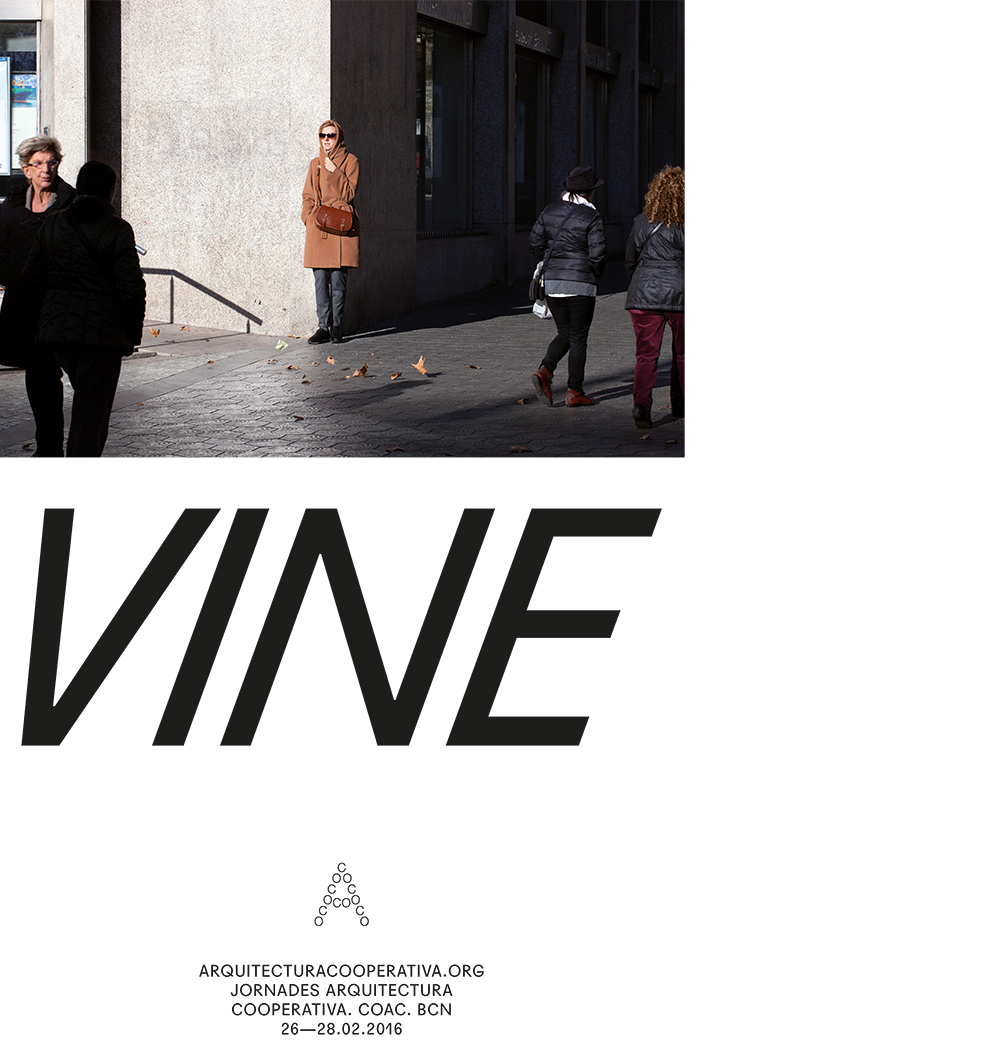As citizen participation has been affecting the logic of public administrations and architects have increasingly started to work together, technical work has necessarily changed. It is necessary to make architectural performance intelligible to people who do not have the training required, so they can contribute to technical transfer later. Also, the work of diverse teams means having to coordinate different working models.

However, the Catalan Association of Architects has always been at the margin of this operation, focusing rather on the autonomous work of architects when it comes to design projects. This is why Leve and other groups organised a conference on cooperativism and architecture at the headquarters of the Catalan Association of Architects in 2016. The event was conceived as a meeting point for architects, many of which are young people immersed in participatory processes in their daily lives, experts and government technicians.
 The first and main success of the conference was that it was held at all. This was the first contact the Catalan Association of Architects had with cooperative architecture and participation, reaching people who had not actively participated in the institution’s activities previously. However, the end goal of the conference, to get universities and institutions involved and train architects in this subject while studying or doing work experience, did not really gel. Invitees did express recognition of the cooperativism presented, however.
The first and main success of the conference was that it was held at all. This was the first contact the Catalan Association of Architects had with cooperative architecture and participation, reaching people who had not actively participated in the institution’s activities previously. However, the end goal of the conference, to get universities and institutions involved and train architects in this subject while studying or doing work experience, did not really gel. Invitees did express recognition of the cooperativism presented, however.

The conference took place over three days. On the first day, there was an inauguration and presentation, with an opening lecture on the change of era and citizen prominence by Joan Subirats and the premiere of Thoughts on Participation, a documentary that gathers renowned architects’ experiences with participatory processes throughout Europe. The second day featured teamwork and talks, discussing participants’ concerns about citizen participation in architectural projects. The last day ended with a debate and conclusions, with representatives from institutions, university professors and technicians.



